Home > Auctions > 23 - 27 May 2023
Ancient Art, Antiquities, Natural History & Coins
Auction Highlights:
From the collection of a North American gentleman, formed in the 1990s.
Cf. Arbman, H., Birka I: Die Gräber, Uppsala, 1940, pl.6.
Acquired 1971-1972.
From the collection of the vendor's father.
Property of a London, UK, collector.
Cf. Trapp, Graf O., & Scalini, M., L'Armeria Trapp di Castel Coira-The Armoury of the Castle of Chuburg-Die Churburger Rustkammer, Fagnana, 1995-1996, p. 297 (vol. 1), for similar medieval German caltrops.
Caltrops were scattered on battlefields in an effort to stop or slow advancing enemy cavalry or foot soldiers; regardless of how a caltrop lands, one spike is always facing upwards.
Acquired from Czerny's Auctions, Italy, lot 104, 2016.
The Kusmirek Collection, UK.
Accompanied by copy of Czerny's invoice and information.
UK collection since the 1990s.
Property of a Sussex, UK, teacher.
Cf. Sedov, B.B., Finno-Ugri i Balti v Epokhi Srednevekovija, Moscow, 1987, pl.XI no.11, for comparable example.
The more common weapons of Finno-Ugrian people were axes commonly found from all Finnic areas, as well as spears. Among Baltic-Finnic people, especially in Finland and Karelia, knives called 'puukko' were common, as well as axes, spears, flat bows and long bows, while swords were usually imported from Germanic areas, Sweden or from elsewhere Scandinavia, some having often typically Scandinavian animal ornaments, although there are some Finnish made finds too.
Ex German collection, Cologne, 1980-1990s.
Cf. Christie's, The Axel Guttmann Collection of Ancient Arms and Armour, part 2, London, 2004, p.33, no.36.
The metalworking techniques used in making bronze weapons in Luristan were very complex. Surfaces were often finished in repoussé work, and some of the weapons were chased, others engraved.
Ex German collection, Cologne, 1980-1990s.
Cf. Christie's, The Axel Guttmann Collection of Ancient Arms and Armour, part 1, London, 2002, p.34, no.31.
The hilt of this magnificent sword would have originally been made of organic material. The forms of hilt are often replicated on cast metal counterparts. As proved by excavations of sites like Sangtarashan, stones were often used for decorating metal weapons, especially for bronze dagger pommels.
Acquired in the 1980s-1990s.
Ex an important central London gallery, London W1.
Cf. Zakharow, A., Arendt, W., Studia Levedica, Archaeologischer Beitrag zur Geschichte der Altungarn im IX JH., Budapest, 1935, fig.12, p.24 (buckle), for a nearly identical specimen.
These wonderful fittings show similarities with examples from the Caucasus and Kuban regions. They show parallels with specimens from the Verchne-Szaltovo area, for example a bronze buckle from the catacomb grave no.11.
The Kusmirek Collection, UK.
Acquired from ROA Antique Arms Ltd.
The Kusmirek Collection, UK.
Accompanied by copy of the ROA listing.
See Curtis, Chris C., Systeme Lefaucheux, Armslore, 2002, p.217, for similar examples.
Sold as an exempt item under Section 58 (2) of the Firearms Act, 1968, to be held as a curiosity or ornament. No license required but buyer must be over 18 years of age. Overseas bidders should note that, due to UK regulations governing export of all firearms, overseas buyers will need to make arrangements for shipping this lot out of the UK directly, by air freight, with a specialist company or agent.
Ex London, UK, collection, 1990s.
Accompanied by an academic paper by military specialist Dr Raffaele D'Amato, dated 15 July 2019 and titled 'Eastern Roman Empire - Greek Fire Bomb or Hand Grenade (μεσαίον kακάβιον) 9th-11th century AD'.
Cf. Arendt, W. I., Granaten des 13-14. Jahrhunderts, die an der Wolga gefunden sind, Zeitschrift fur Historische Waffen-und Kostumkunde, 11 (1926-8), p.42; cf. Arendt, W., Die Spharisch-konischen Gefasse aus Gebranntem Ton, ibid; cf. Ayalon, D., Gunpowder and Firearms in the Mamluk Kingdom, London, 1956, p.16.
Apart from the use of siphons or manual flame-throwers called cheirosiphona, special corps of Roman soldiers employed terracotta grenades, in the form of small jars, abundantly evidenced in archaeological excavations. Such were the γανωτα, vessels (sometimes also of bronze) used for Greek fire. They were called μεσαία kακαβιά or κυτροκακάβια where the former had a bulbous shape and the latter a more cylindrical form.
Acquired from The Historic Flying Clothing Company, 2014.
The Kusmirek Collection, UK.
Accompanied by a copy of a previous invoice.
Acquired on the London art market, 1980s-1990s.
Cf. D'Amato, R. and Sumner, G., Arms and Armour of the Imperial Roman Soldier: From Marius to Commodus, 112 BC-AD 192, London, 2009, fig.160, for similar double fastening hooks.
In the 1st century B.C.-1st century A.D., the Celtic fastening system of the ring mail armour (gallica, lorica ferro aspera) became the standard in the Imperial Roman army, with a pivot attached to the breast and hinged to the edges of the humeralia (shoulder guards). The chest fastener had various different designs. The double hooks, S-shaped and usually with snake-head terminals, were secured by a central rivet on the chest. The system allowed excellent freedom of movement, giving greater protection to the shoulders and the arms. Similar fasteners for infantry mail have been found on the Kalkriese battlefield, some of them also decorated with niello and inscribed with the name of the soldier.
793 - 804 of 2508 LOTS

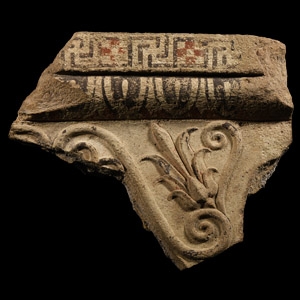
.jpg)


.jpg)
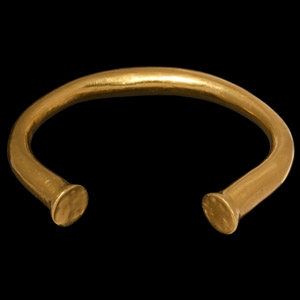
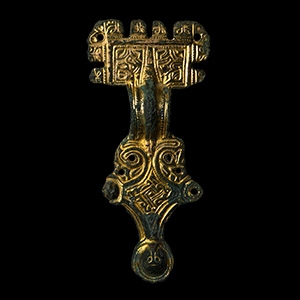

.jpg)
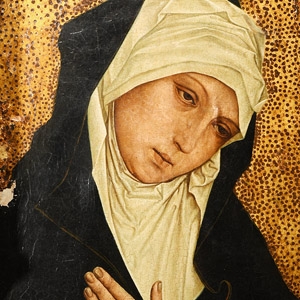

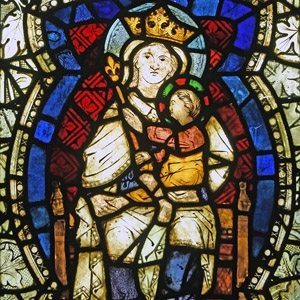
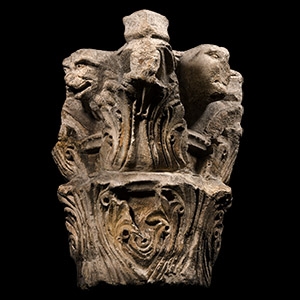
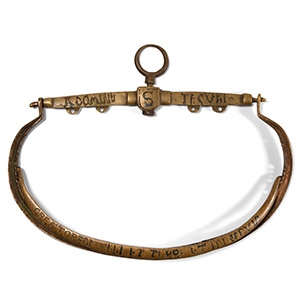
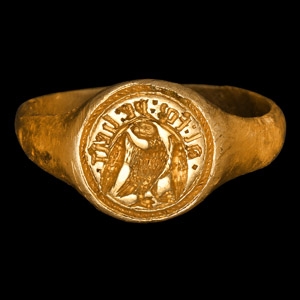
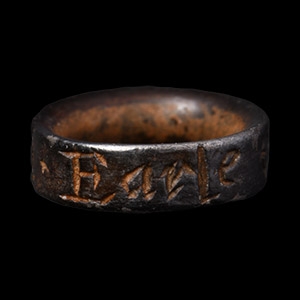
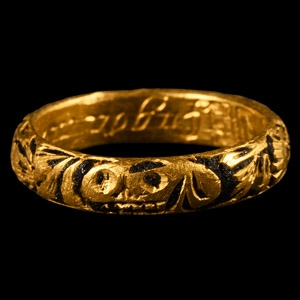
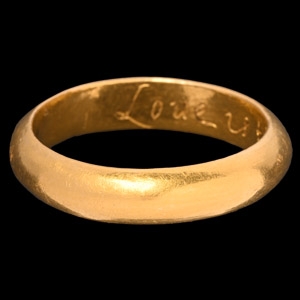
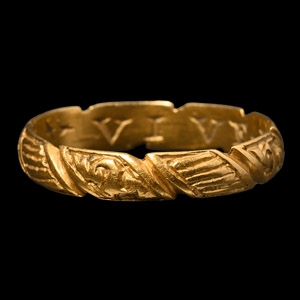
![English Milled Coins - George VI - 1937 - Cased RM Proof Coronation Gold Set [4] English Milled Coins - George VI - 1937 - Cased RM Proof Coronation Gold Set [4]](https://timelineauctions.com/upload/images/items/small/203351-s(2).jpg)



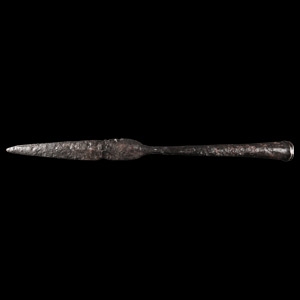
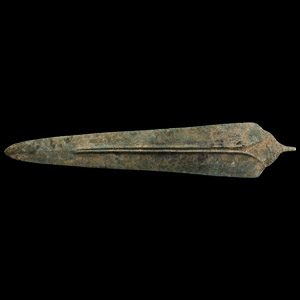

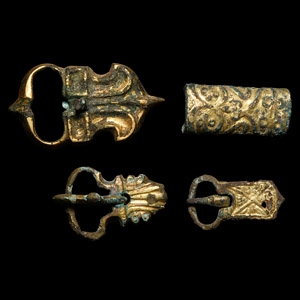
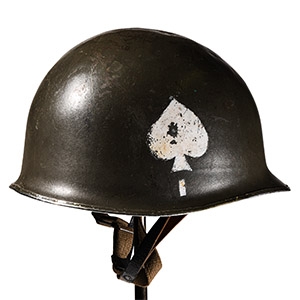

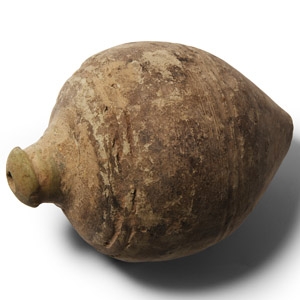
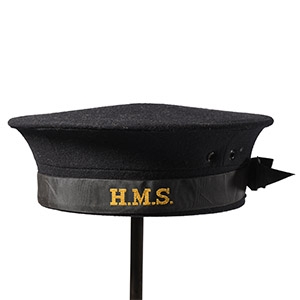
.jpg)



